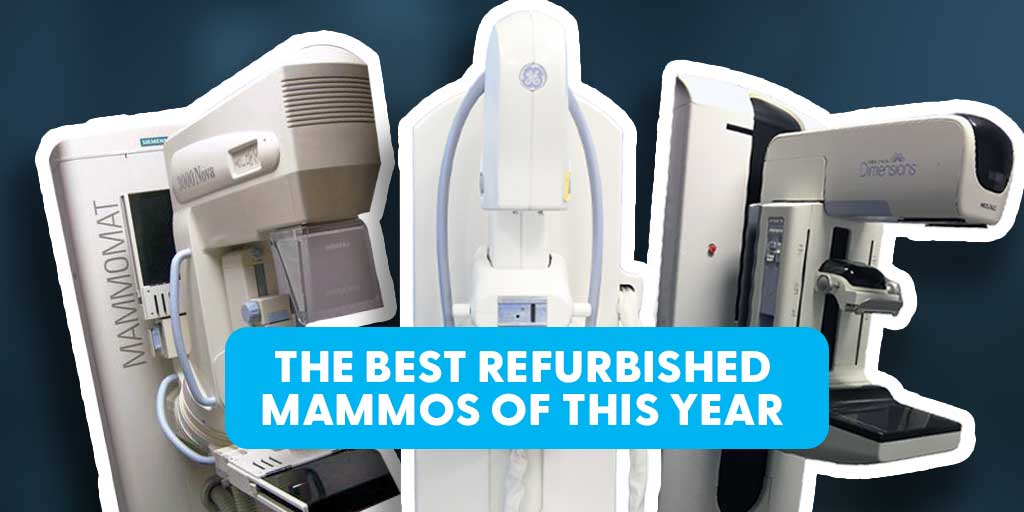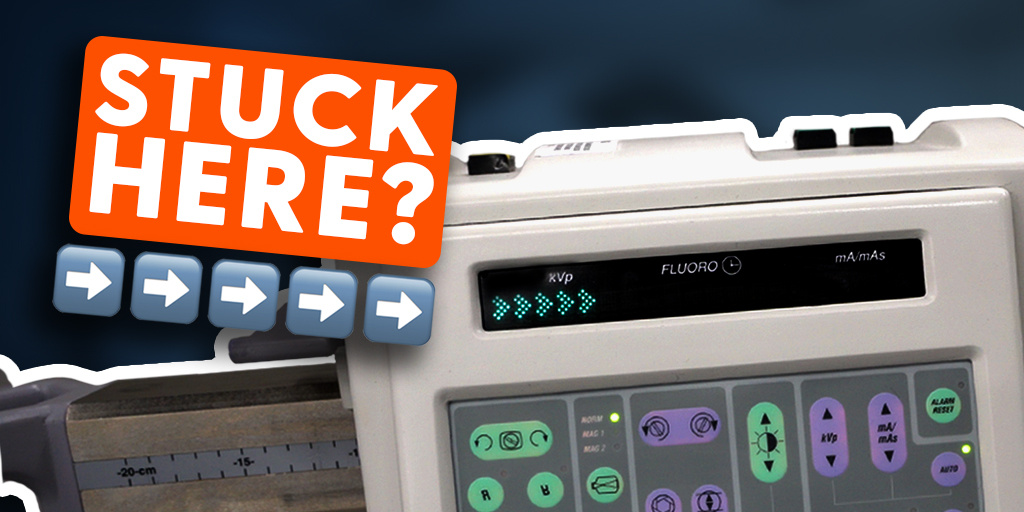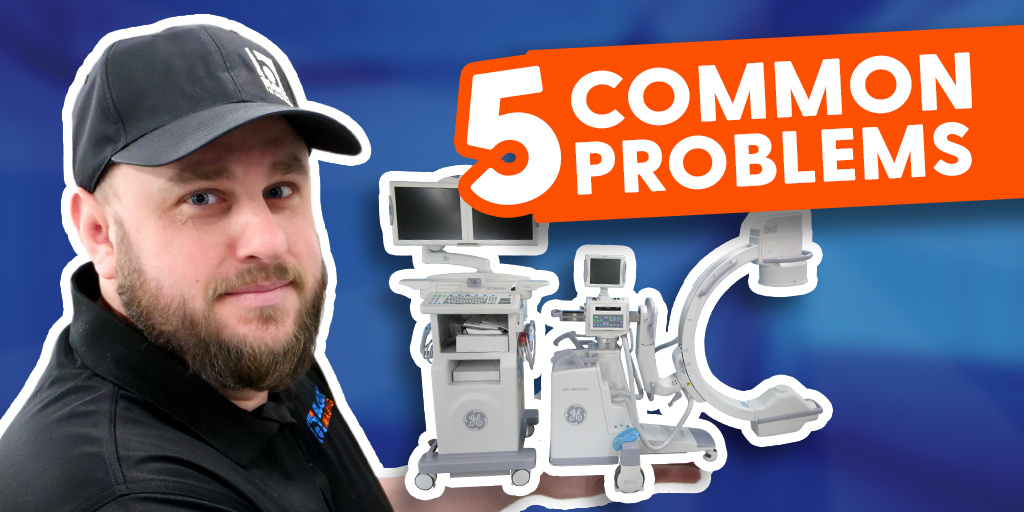Paired with digital imaging, automation in the X-ray room is pushing patient workflow into an increasingly seamless state. Of course, as with any first-time technology purchase, the process of choosing what type of automation you want can be anything but seamless.
One of the sticking points we hear about from X-ray equipment buyers that are interested in automation is confusion between some of the key features. To help clarify your X-ray automation search, we'll break down the differences between auto tracking and auto positioning and give you our take on the value each offers.
Auto Tracking
Auto tracking is a feature of newer X-ray systems from industry leaders like GE and Siemens, as well as a host of other brands such as Amrad, Carestream, and Fuji.
With auto tracking, the wall stand (in some systems, the table tray as well), will follow (track) movements of the ceiling-mounted tube stand to assist the tech with angulation and obtaining a clear image. This reduces the time needed to take an image and can eliminate the need for re-positioning and re-shooting, which takes more time and increases X-ray dose.
Auto Positioning
In terms of automation, auto positioning is a step up from auto tracking, or rather, it includes auto tracking and takes it a step further. The feature allows the user to position the tube stand remotely from a control console. As they position the tube, the wall stand/table tray track along with it.
Auto positioning is the latest advancement in protocol-driven X-ray. The feature is found on later, hospital-grade models like the GE 640 and 650 series and Siemens Multix and Ysio.
Via auto positioning, specific studies can be programmed into the workstation of the X-ray room. Once a protocol is programmed, the correct position and angulation can be achieved with the push of a button. Auto positioning optimizes work flow and establishes consistency in technique, often eliminating image/angulation errors.
The Best Value
Auto tracking may be found on floor-mount systems and will be a less expensive add-on feature. Pricing is typically between $15,000 and $25,000 based on manufacturer/model in addition to the price of the system. Most of the time, auto tracking rad rooms end up in the $115,000 to $225,000 range.
Systems with auto positioning added carry the highest sticker price in the X-ray market, with prices as high as $400,000. These systems are also often called “fully automated.”
Both of these features bring desirable benefits, but the difference in cost between them is a driving factor in the decision most buyers face. Right now, we believe a system with auto tracking will create strong workflow efficiency for all but the very highest patient volumes, at an affordable price. Could a system with auto positioning save you even more time? Yes, but probably not enough for the average imaging facility to justify the considerable difference in cost.
Whatever your patient volume level, or your budget level, our team is ready to help you find the best X-ray room to fit your needs. Use the button below to tell us what you want to achieve.

Clay Selby
Hello, I'm Clay, and I joined Block Imaging in 2021. I enjoy learning something new everyday about our industry and our customers. Block has an incredible work environment that fosters innovation and allows us to create unique solutions for our customers. Outside of work I love playing and watching sports, collect watches and drink craft coffee.





